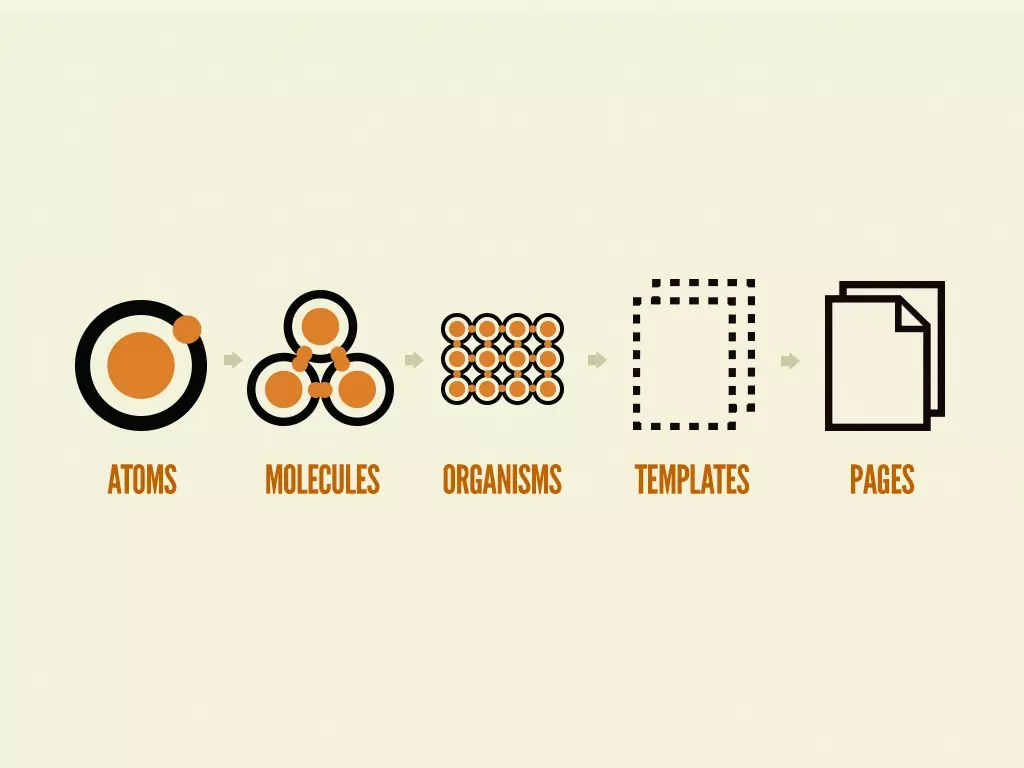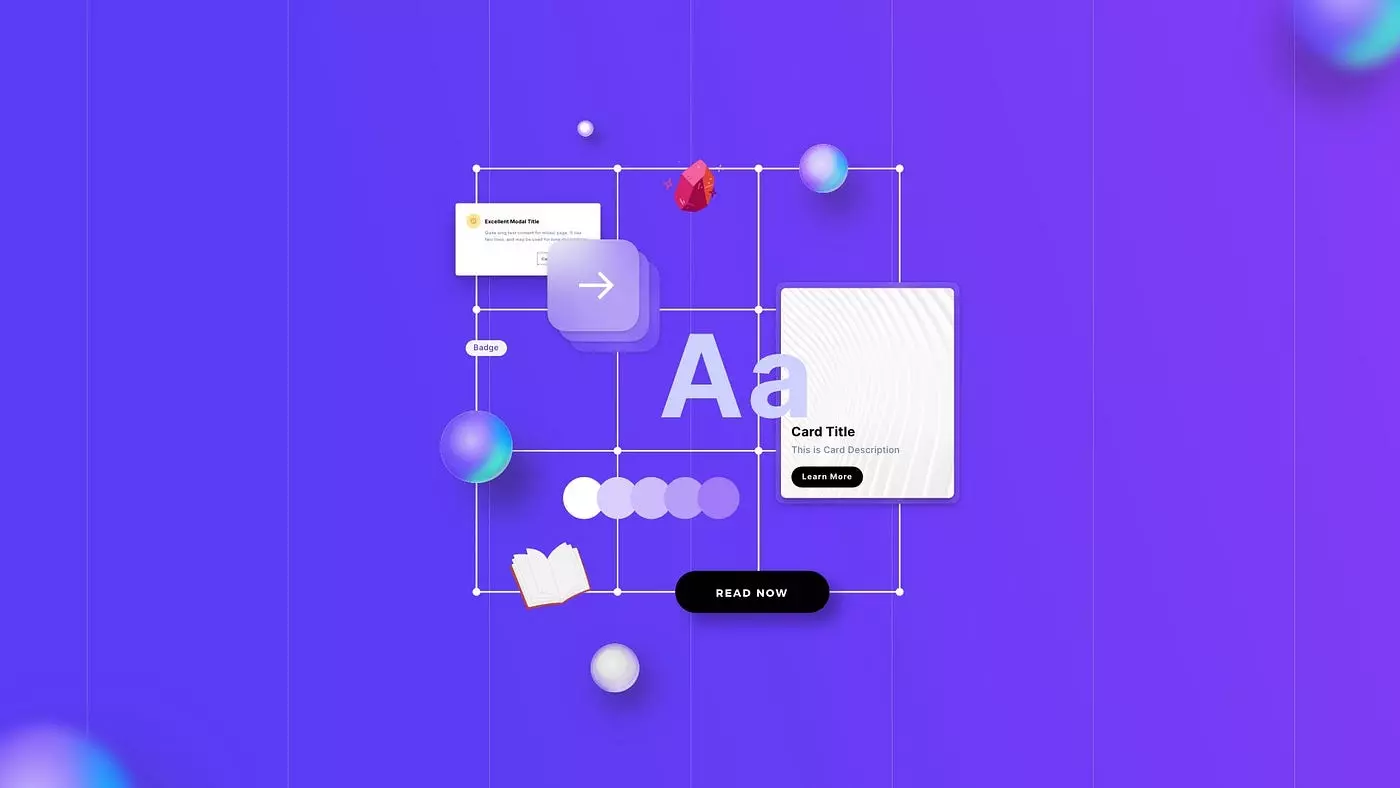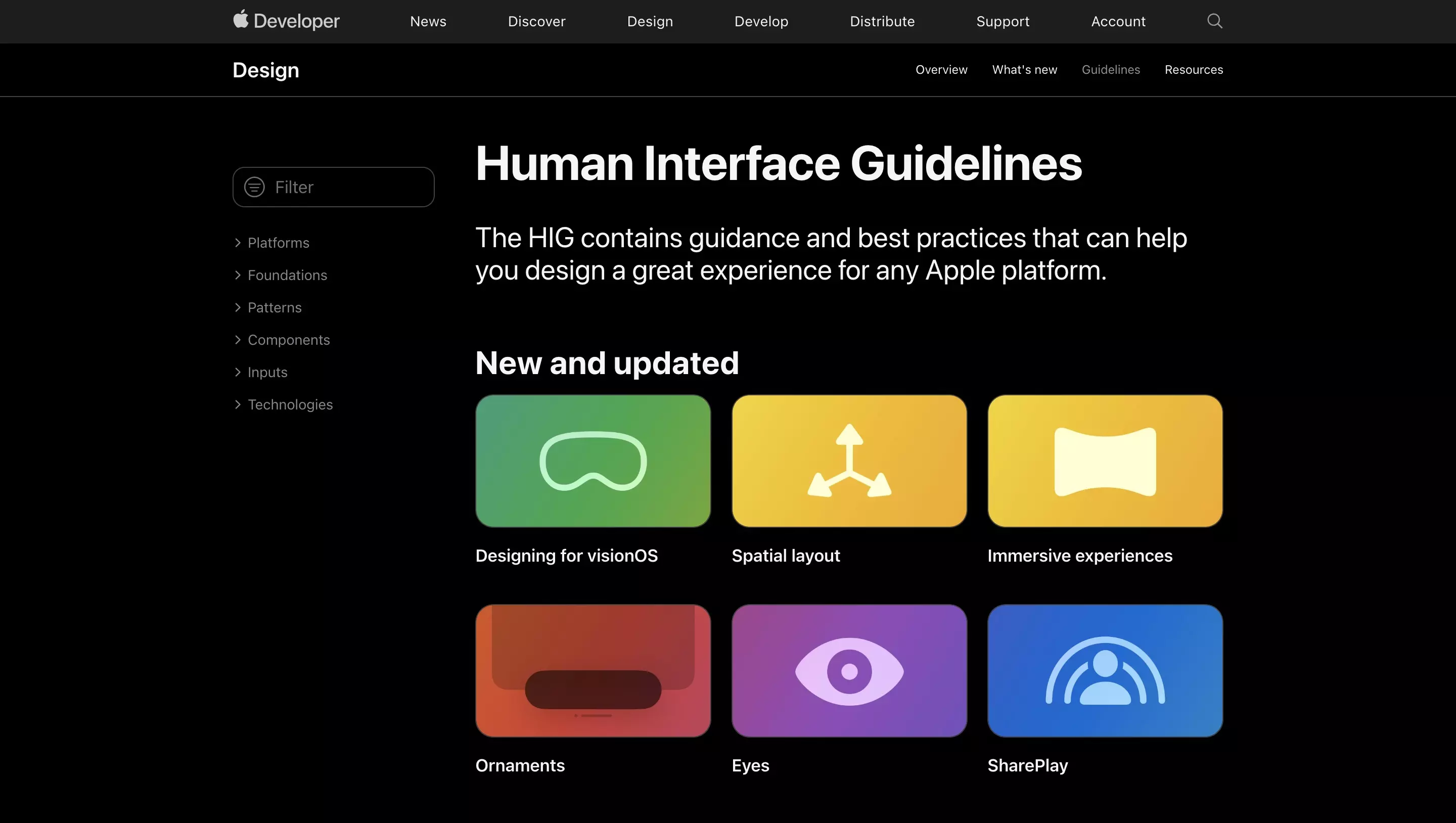What is a Design System?
A design system is a collection of reusable components and elements, such as materials, typography, logos or colors, that serve as the backbone behind the creation and promotion of a physical or digital product.

A design system is a collection of reusable components and elements, such as materials, typography, logos or colors, that serve as the backbone behind the creation and promotion of a physical or digital product.
Design systems reduce redundancy and empower organizations to create consistent, coherent designs by providing a shared and consistent visual language that can be used across channels.
Origin
The term design system was first mentioned in the 1968 NATO Software Engineering Conference by Christopher Alexander, who along with Sara Ishikawa and Murray Silverstein later published A Pattern Language.
Design systems are intended to serve as a framework of interconnected patterns that streamline and optimize design efforts ranging from architecture to digital products like websites and apps.
Atomic Design for Digital Design Systems

Atomic Design was coined by Brad Frost in his book Atomic Design (November, 2016) and is a modern methodology that describes how to create digital design systems through 5 levels: Atoms, Molecules, Organisms, Templates & Pages.
Why should I use a Design System ?

Design systems aid a team, company or organization in:
- Creating a unified language that can be used within cross-functional teams.
- Creating a more cohesive and consistent brand and user experience.
- Optimizing production of digital products and media.
- Building products faster through reusable components and shared rationale.
- Improving maintenance and scalability through the reduction of technical and design debt.
- Empowering product teams to focus on tackling the problem itself rather than the mechanism that solves the problem.
What are the most notable Design Systems?

The most well-known design systems are: